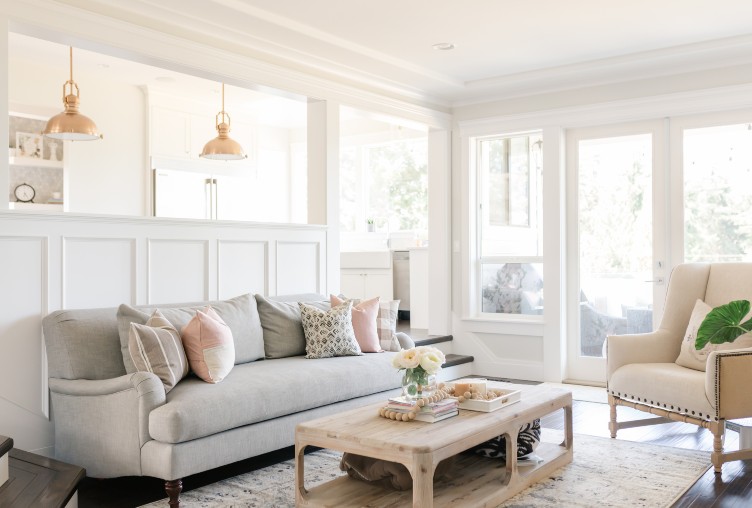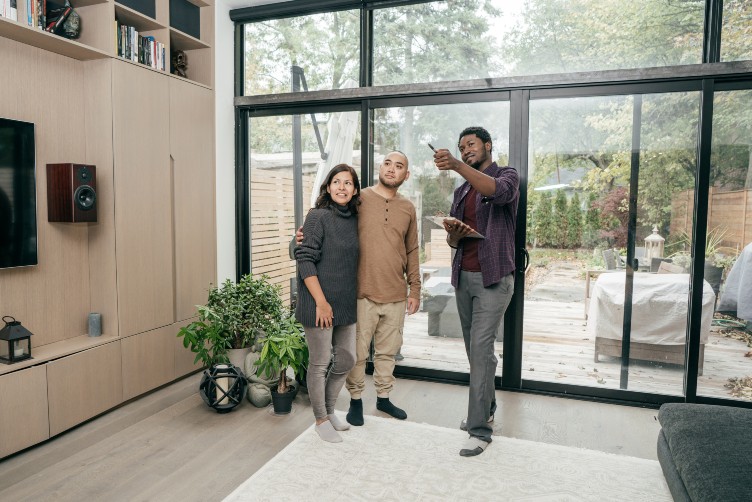
You know those stories about wedding dress shopping, when the bride excitedly shares: “it was the very first dress I tried on!”? Yeah, that never happens in real estate. House hunting in Canada has become a veritable sport. It eats up time and energy, wears on emotions and leaves relationships frayed. Forget buying the first house you see. You’ll be lucky if you get the tenth.
In fact, when house hunting takes months upon months, it’s not unusual to see 10, 20, even 40 homes. Entering a bidding war and nabbing your dream home (or your “OK, it’s fine, it’ll do” home) takes fast decision making, which requires an expert knowledge of costs and comparables. How do you amass such knowledge? Why, in a handy spreadsheet of course!
Tracking open houses comes down to tracking stats. You need to know what a three-bedroom, two-bathroom with parking sold for in a certain neighbourhood, so that you’ll know when you’re getting a good price on a four-bedroom with two bathrooms in the same neighbourhood. All of these details can be easily dropped into a spreadsheet with the homes listed in a vertical column on the left and their stats jotted out in horizontal columns across (for those of you who’ve never seen an Excel sheet before).
It’s also important to keep documents from the open house, which can include photos and layouts (if a home is sold and the listing comes down, you may not be able to track down the images online!). Having the measurements of the house is also critical for comparisons. Real estate photos are untrustworthy, so being able to compare the actual lot size and square footage is essential.
Read on for the most important factors to track and consider when looking at (lots and lots and lots) of open houses.
Listing vs. Sold Prices
This is one of the most important factors to track in your spreadsheet because as much as listing prices matter, sold prices matter most. It’ll help you gauge the actual market value of a specific home in a specific neighbourhood. Sure, a house might be listed for $1.5M, but if you see that houses in the same neighbourhood with similar specs sell for $1.7, you’ll know the agent is underpricing it and you can manage your expectations and feelings accordingly.
Neighbourhoods
Including the neighbourhoods in your spreadsheet will help you recall why some seemingly identical houses are priced drastically differently. A home in a desirable school district will fetch more than others, even when other factors (like number of bedrooms and parking) seem to fall short.

Related: This Toronto Home Sold for a Whopping $1.2 Million Over Asking
Rooms: Number of Bedrooms and Bathrooms
After viewing 15+ houses, it’s likely that they’ll all begin to blend in your memory and details like bedrooms and bathrooms will become muddled. “Did that semi near the park have a powder room? That beauty close to the office had three bedrooms, right?” Jotting down the quantities of bedrooms and bathrooms will offer a quick gauge of a home’s size and offerings.
Features: Parking, Garage, Finished Basements
Tracking every feature of a home might become overwhelming, but it’s definitely important to track the features that are must-haves on your list. (And by must-haves I mean, you absolutely would not buy a house without a parking spot versus you’d like a garage to tinker in, but could easily live without it).

Age and Style
Noting the age of the homes you’ve looked at will serve as a good reminder of potential future costs. With older homes, you’re more likely to replace appliances and furnaces and do repair work sooner than with a new build.
Style is completely subjective, but a good thing to note. It won’t impact price patterns, but it plays heavily into emotional patterns.
Timing
This won’t play heavily into what a home is listed and sold for, but sometimes there’s potential in viewing homes outside of the popular listing seasons (spring and fall). If you happen to view open hours for an entire calendar year, looking back at patterns from season to season might influence when you decide to buy (or list!).

Related: Do You Have Enough of a Down Payment to Buy a Home in These 15 Canadian Cities?
Feelings
This column is a little less obvious, but dare I say the most crucial. Along with noting a home’s prices, rooms and features, the factor that usually wins out where others may fall short is simply how you and your family feel in the home. Include a few notes on what went through your mind as you walked through an open house (did you feel peaceful, excited, overwhelmed, sad…desperate?). It might help you find patterns that influence your ultimate decision. Perhaps touring modern homes doesn’t inspire you or older homes with blocked off rooms makes you feel blue. If you’ve been waffling between styles and layouts, seeing the big picture of how the different homes made you feel could (hopefully) lead you to find the home that makes you feel, simply put, at home.
For more expert advice on entering the real estate market, read 10 sneaky staging tricks to watch out for and Canadian housing markets that have nearly doubled in five years.
Images courtesy of Getty Images
HGTV your inbox.
By clicking "SIGN UP” you agree to receive emails from HGTV and accept Corus' Terms of Use and Corus' Privacy Policy.



